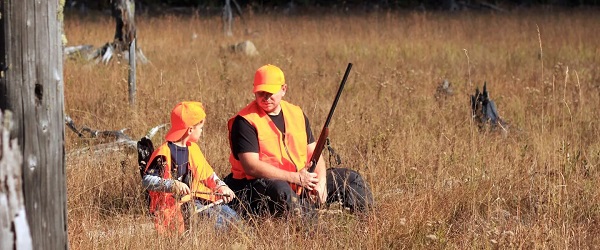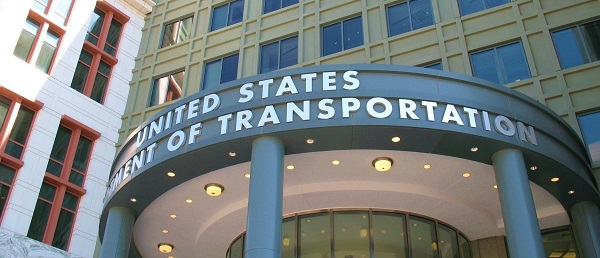Alberta
With a boost of up to $200 million from the Province, Inter Pipeline Ltd. investing $600 million in new petrochemical plant east of Edmonton

Premier Notley announces private investment in a new petrochemical upgrading facility alongside David Chappell (r), Patrick Bergen and Pyramid Prefab Piping staff.
From the Province of Alberta
Made-in-Alberta plan attracts new jobs, investment
Alberta is taking a significant step forward on a more diversified economy with a project that supports hundreds of jobs and adds more value to our energy resources.
If the plan is finalized, Inter Pipeline Ltd. would invest about $600 million in a new petrochemical upgrading facility that would produce more valuable consumer products derived from propane, including acrylic acid that is used in many everyday consumer products. This major private investment is unlocked by support from Premier Rachel Notley’s Made-in-Alberta energy diversification strategy.
The project would build on the company’s supply and knowledge of propylene, a product it already produces at the company’s other petrochemical facilities east of Edmonton. Construction would create about 600 jobs with another 50 long-term positions supporting the local economy once the facility is fully up and running.
“For decades, Albertans settled for less while new jobs and investment went south of the border. So we’re grabbing the bull by the horns, fighting for a Made-in-Alberta plan that represents the single largest energy diversification effort since the days of Peter Lougheed. We’re proud to support upgrading projects like Inter Pipeline’s because they mean more good jobs and top dollar for the energy resources that belong to all Albertans.”
Inter Pipeline’s supply of propylene, a gas that results from adding value to raw propane, creates the opportunity to further leverage Alberta’s natural resource strengths and extend the value chain. By producing acrylic acid used in things like adhesives, floor polishes and paints, this project increases the likelihood of attracting investments in more manufacturing facilities in the future.
“Alberta’s abundance of natural resources has positioned Inter Pipeline to invest in opportunities like this that build on our strengths to extend the value chain and make products that are in demand around the world. We want to commend this government for fostering the environment for companies like ours to grow and create jobs, while competitively positioning our business in the world market.”
The announcement was made at Pyramid Prefab Piping, one of the hundreds of companies across the province benefiting from the Made-in-Alberta strategy. As a manufacturer that employs about 45 people in Calgary, Pyramid was contracted to build key components for Inter Pipeline’s project already under construction.
“We’re pleased to see the government’s vision for the future is focused on jobs and diversification, which will lead to more work for companies like ours to build the components needed for energy upgrading projects. This growth means we can put even more skilled tradespeople to work in the Calgary region and contribute even more to the oil and gas sector.”
If finalized by Inter Pipeline, the private investment would be unlocked by provincial support of up to $70 million in future royalty credits under the Petrochemicals Diversification Program, which was first developed in early 2016.
Quick facts
- Inter Pipeline’s acrylic acid and propylene derivatives facility would be in Alberta’s Industrial Heartland, northeast of Edmonton. Construction is expected to begin in 2021.
- The facility would convert 60,000 tonnes per year of propylene and produce 80,000 tonnes per year of propylene derivatives, including acrylic acid, when operational.
- Acrylic acid is a value-added product used to make coatings, adhesives, diapers, floor polishes and paints.
- Roughly 50 skilled, local permanent jobs and 600 skilled trade construction jobs would be created.
- Inter Pipeline has already been approved to receive up to $200 million in future royalty credits from the first round of the Petrochemicals Diversification Program for the construction its $3.5-billion Heartland Petrochemical Complex.
Background
Made-in-Alberta energy strategy
- Premier Notley’s government is investing $3 billion to support energy diversification that creates jobs and adds value to our resources here at home.
- The focus is on two key areas: partial upgrading of our bitumen and petrochemical processing that adds value to natural gas and natural gas liquids.
- Overall, this commitment is expected to attract more than $25 billion in private-sector investment to Alberta and create more than 20,000 jobs.
Petrochemical upgrading
- Support for the Inter Pipeline facility is provided under the petrochemical portion of the Made-in-Alberta strategy.
- Two projects – owned by the Canada-Kuwait Petrochemical Corporation and Inter Pipeline Ltd. – were selected under the first round of this program, which was announced in 2016. The projects combined for $8 billion in private investment, creating more than 5,000 jobs.
- The government announced a second round of support for petrochemical upgrading in 2018.
- Nauticol’s methanol facility was previously selected under the second round of this program. The entire project is a $2-billion private investment in a plant near Grande Prairie, creating roughly 3,000 direct and indirect jobs.
- Albertans and Canadians use dozens of products every day that are based in part on petrochemicals like those from Alberta’s growing value-added industry including:
- polyester fabric couches, HD televisions, phones coffeemakers and computers
- car tires, engine hoses, gas, oil, radio components and seats
- desks, chairs, computers, carpets, cellphones and other office supplies
Partial upgrading of bitumen
- $1 billion in grants and loan guarantees to encourage companies to invest in new or expanded bitumen-upgrading facilities.
- Partial upgrading reduces the thickness of oil sands bitumen so it can flow through pipelines more easily, without having to be blended with diluent or as much diluent, a thinning agent. Benefits include:
- increased prices for our resources before shipping
- up to 30 per cent more capacity on existing pipelines
- more world refineries capable of processing our product
- cost savings on diluent for industry
- fewer emissions by removing high carbon content
Energy diversification timeline
- January 2016 – Royalty Review Advisory Panel recommended more value-add within the province, including partial upgrading
- February 2016 – Petrochemicals Diversification Program (PDP) introduced
- October 2016 – Energy Diversification Advisory Committee (EDAC) formed
- December 2016 – First PDP projects awarded
- December 2017 – Inter Pipeline finalized investment in petrochemical project
- February 2018 – EDAC reported back, including recommendation of partial upgrading, more PDP and additional support for petrochemical feedstock infrastructure
- March 2018 – Government launched programs through the Energy Diversification Act
- Fall 2018 – oil price differential hit crisis point. In response, government took several actions:
- Temporary limit on oil production
- Doubled support for PDP
- Began crude-by-rail negotiations
- Appointed LNG Investment Team
- Request for industry interest in building refining capacity
- January 2019 – Government announced letter of intent for first partial upgrading project awarded (Value Creation Inc.)
- February 2019 – Canada-Kuwait Petrochemical Corporation finalized investment in petrochemical project
- February 2019 – Premier announced crude-by-rail agreements
- February 2019 – Nauticol awarded first project under second round of PDP
Alberta
Coutts border officers seize 77 KG of cocaine in commercial truck entering Canada – Street value of $7 Million
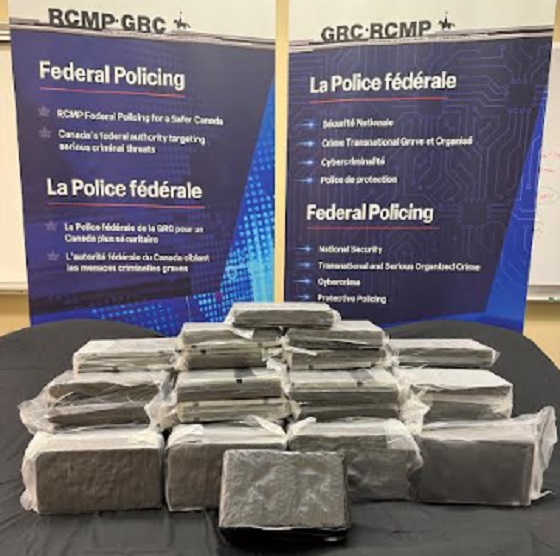
News release from RCMP Federal Policing Northwest Region
Calgary resident charged with attempted drug importation
Canada Border Services Agency (CBSA) officers at the Coutts port of entry found nearly 77 kg of cocaine with an estimated street value of $7 million during a secondary examination of a commercial truck seeking entry into Canada from the United States. The CBSA arrested the driver, a resident of Calgary.
The Integrated Border Enforcement Team in Alberta, a joint force operation between the RCMP Federal Policing Northwest Region, CBSA and Calgary Police Service, was notified and a criminal investigation was initiated into the individual.
Surj Singh Salaria (28), a resident of Calgary, was arrested and charged with:
- Importation of a controlled substance contrary to section 6(1) of the Controlled Drugs and Substances Act;
- Possession of a controlled substance for the purpose of trafficking contrary to section 5(2) of the Controlled Drugs and Substances Act; and,
- Attempting to export goods that are prohibited, controlled or regulated contrary to section 160 of the Customs Act.
Salaria is scheduled to appear in Lethbridge Provincial Court on Oct. 27, 2025.
“The CBSA remains vigilant in preventing dangerous drugs from reaching our communities. This significant seizure shows CBSA’s detection capabilities and the important role our officers play to stop drug trafficking. We are committed to securing and protecting the border alongside our law enforcement partners.”
- Janalee Bell-Boychuk, Regional Director General, Prairie Region, Canada Border Services Agency
“Through coordinated efforts between law enforcement agencies, a substantial quantity of cocaine was seized before it could reach communities across Alberta. This investigation reinforces the value of a secure border and the vital role that collaboration and intelligence-sharing play in safeguarding the public from the harms of illegal drug trafficking.”
- Supt. Sean Boser, Officer in Charge of Federal Serious and Organized Crime and Border Integrity – Alberta, RCMP Federal Policing Northwest Region
“This investigation highlights the strength of our collaborative efforts through the Integrated Border Enforcement Team. By working together with our law enforcement partners, we are able to disrupt the flow of illegal drugs and protect our communities from the violence and harm associated with organized crime.”
- Acting Supt. Jeff Pennoyer, CPS, Criminal Operations & Intelligence Division
IBET’s mandate is to enhance border integrity and security along the shared border, between designated ports of entry, by identifying, investigating and interdicting persons, organizations and goods that are involved in criminal activities.
Alberta
B.C. would benefit from new pipeline but bad policy stands in the way

From the Fraser Institute
By Julio Mejía and Elmira Aliakbari
Bill C-69 (a.k.a. the “no pipelines act”) has added massive uncertainty to the project approval process, requiring proponents to meet vague criteria that go far beyond any sensible environmental concerns—for example, assessing any project’s impact on the “intersection of sex and gender with other identity factors.”
In case you haven’t heard, the Alberta government plans to submit a proposal to the federal government to build an oil pipeline from Alberta to British Columbia’s north coast.
But B.C. Premier Eby dismissed the idea, calling it a project imported from U.S. politics and pursued “at the expense of British Columbia and Canada’s economy.” He’s simply wrong. A new pipeline wouldn’t come at the expense of B.C. or Canada’s economy—it would strengthen both. In fact, particularly during the age of Trump, provinces should seek greater cooperation and avoid erecting policy barriers that discourage private investment and restrict trade and market access.
The United States remains the main destination for Canada’s leading exports, oil and natural gas. In 2024, nearly 96 per cent of oil exports and virtually all natural gas exports went to our southern neighbour. In light of President Trump’s tariffs on Canadian energy and other goods, it’s long past time to diversify our trade and find new export markets.
Given that most of Canada’s oil and gas is landlocked in the Prairies, pipelines to coastal terminals are the only realistic way to reach overseas markets. After the completion of the Trans Mountain Pipeline Expansion (TMX) project in May 2024, which transports crude oil from Alberta to B.C. and opened access to Asian markets, exports to non-U.S. destinations increased by almost 60 per cent. This new global reach strengthens Canada’s leverage in trade negotiations with Washington, as it enables Canada to sell its energy to markets beyond the U.S.
Yet trade is just one piece of the broader economic impact. In its first year of operation, the TMX expansion generated $13.6 billion in additional revenue for the economy, including $2.0 billion in extra tax revenues for the federal government. By 2043, TMX operations will contribute a projected $9.2 billion to Canada’s economic output, $3.7 billion in wages, and support the equivalent of more than 36,000 fulltime jobs. And B.C. stands to gain the most, with $4.3 billion added to its economic output, nearly $1 billion in wages, and close to 9,000 new jobs. With all due respect to Premier Eby, this is good news for B.C. workers and the provincial economy.
In contrast, cancelling pipelines has come at a real cost to B.C. and Canada’s economy. When the Trudeau government scrapped the already-approved Northern Gateway project, Canada lost an opportunity to increase the volume of oil transported from Alberta to B.C. and diversify its trading partners. Meanwhile, according to the Canadian Energy Centre, B.C. lost out on nearly 8,000 jobs a year (or 224,344 jobs in 29 years) and more than $11 billion in provincial revenues from 2019 to 2048 (inflation-adjusted).
Now, with the TMX set to reach full capacity by 2027/28, and Premier Eby opposing Alberta’s pipeline proposal, Canada may miss its chance to export more to global markets amid rising oil demand. And Canadians recognize this opportunity—a recent poll shows that a majority of Canadians (including 56 per cent of British Columbians) support a new oil pipeline from Alberta to B.C.
But, as others have asked, if the economic case is so strong, why has no private company stepped up to build or finance a new pipeline?
Two words—bad policy.
At the federal level, Bill C-48 effectively bans large oil tankers from loading or unloading at ports along B.C.’s northern coast, undermining the case for any new private-sector pipeline. Meanwhile, Bill C-69 (a.k.a. the “no pipelines act”) has added massive uncertainty to the project approval process, requiring proponents to meet vague criteria that go far beyond any sensible environmental concerns—for example, assessing any project’s impact on the “intersection of sex and gender with other identity factors.” And the federal cap on greenhouse gas (GHG) emissions exclusively for the oil and gas sector will inevitably force a reduction in oil and gas production, again making energy projects including pipelines less attractive to investors.
Clearly, policymakers in Canada should help diversify trade, boost economic growth and promote widespread prosperity in B.C., Alberta and beyond. To achieve this goal, they should put politics aside, focus of the benefits to their constituents, and craft regulations that more thoughtfully balance environmental concerns with the need for investment and economic growth.
-
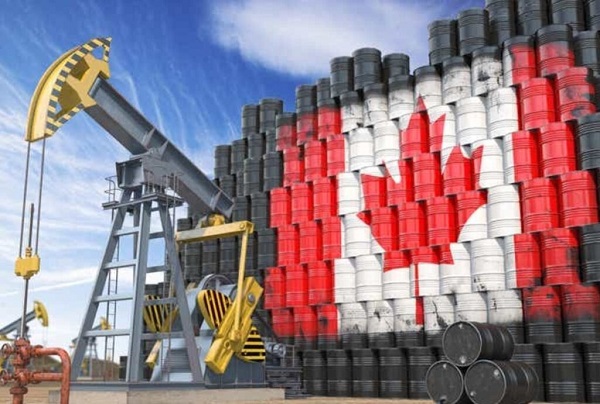
 Energy2 days ago
Energy2 days agoCAPP calls on federal government to reset energy policy before it’s too late
-

 Business2 days ago
Business2 days agoTrump Raises US Tariffs on Canadian Products by 10% after Doug Ford’s $75,000,000 Ad Campaign
-
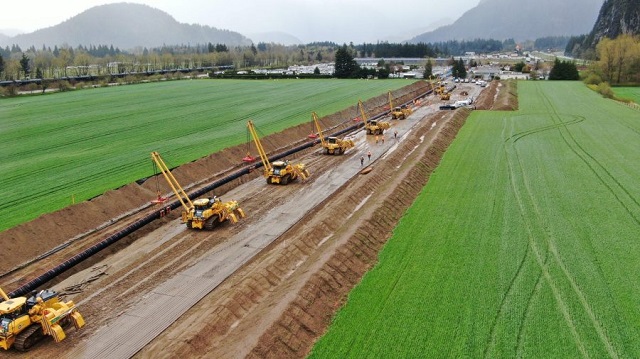
 Business2 days ago
Business2 days agoTrans Mountain executive says it’s time to fix the system, expand access, and think like a nation builder
-

 Health2 days ago
Health2 days agoDMSO Heals the Eyes and Transforms Ophthalmology
-
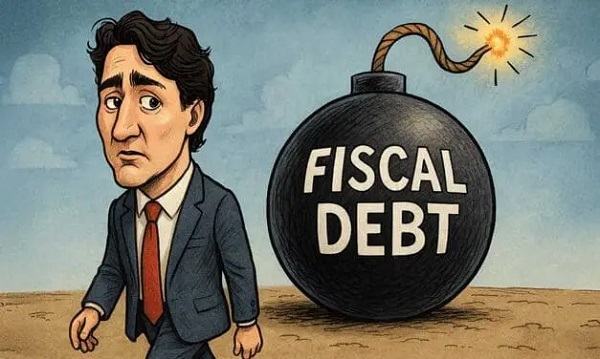
 Business2 days ago
Business2 days agoCanada is still paying the price for Trudeau’s fiscal delusions
-
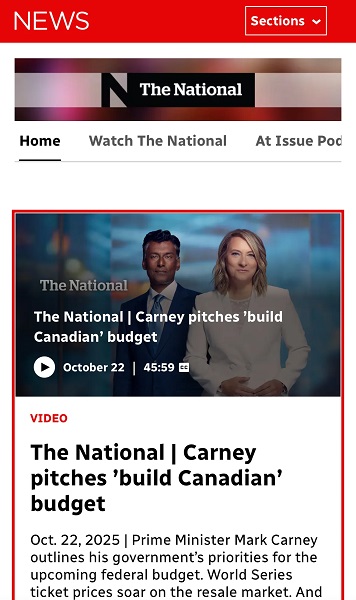
 Media2 days ago
Media2 days agoCarney speech highlights how easily newsrooms are played by politicians announcing the same things over and over again
-

 Opinion2 days ago
Opinion2 days agoCarry-On Carney And The Trials Of Brian Peckford
-
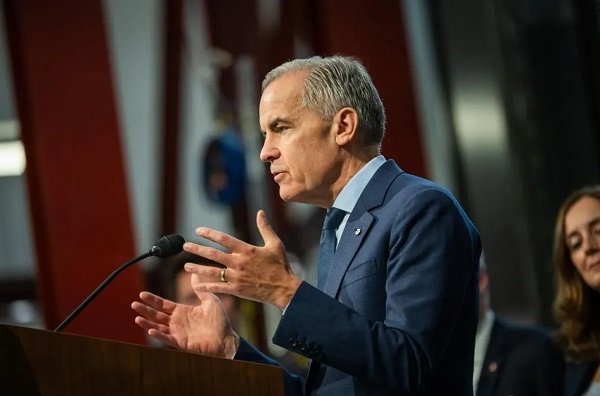
 Opinion2 days ago
Opinion2 days agoA Nation of Announcements: Canada’s Government of Empty Promises





